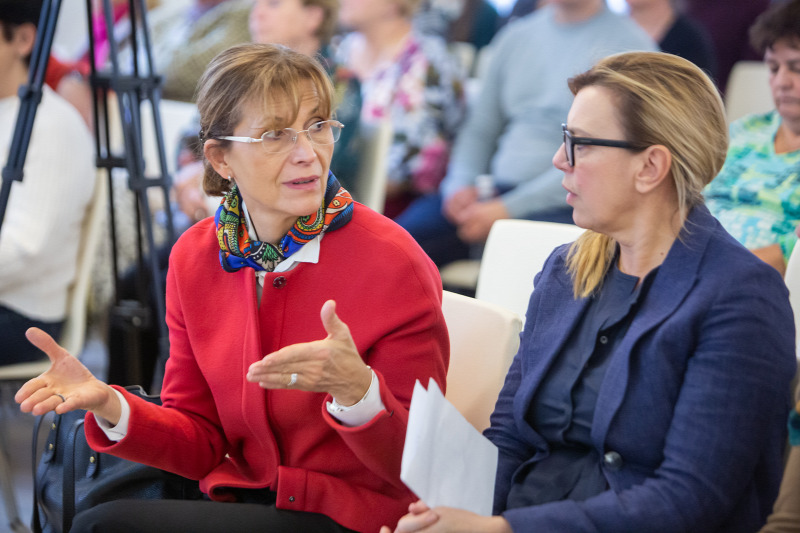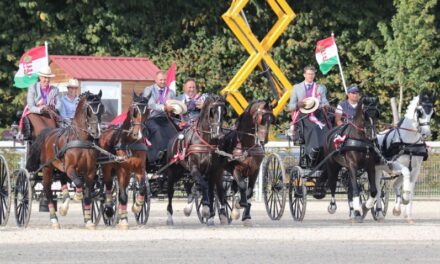The first two volumes of the Culinaria Hungarica book series were presented at the Balaton Theater in Keszthely. Ambrus Lajos Nagy's apple book, and Béla Fehér and Zsuzsanna Gálffy's work entitled Kakastaréj, offer literary and historical immersion in addition to gastronomy, Zaol.hu reported.
During the discussion, Anikó Lévai, the chairman of the editorial board of Magyar Konyha, stated in the introduction: fortunately, there are still people who "don't push the buttons and keys of the phone or tablet, but choose to turn the pages of books with the smell of print, they don't want to live on synthetic pills, but they eat good-tasting food, and not the they eat spectacular but tasteless fruit delivered here from Latin American cold stores, but also apples, walnuts, and cherries from their own garden".
According to Anikó Lévai, the creators and readers of the Culinaria Hungarica series are connected by this. He said:
Fortunately, in the Carpathian Basin you can also meet great farmers, fruit growers, winemakers, families who make cheese, bread and ham,
who enjoy flow on their own property, and not in city office buildings or on the steps of shopping centers.

At the presentation of the volumes in Keszthely (bj) Anikó Lévai, Béla Fehér, Zsuzsanna Gálffy, Lajos Ambrus and Balázs Szálinger (Photo: Zalai Hírlap/Pezzetta Umberto)
At a discussion moderated by the writer and poet József Attila Balázs of Szálinger, Lajos Ambrus emphasized that "there is a lot of debt, because the knowledge and with it the old, highly regarded Hungarian gastronomy disappeared, transformed, and the mosaic pieces became unknown" by saying that the 60- By the 1970s, almost no trace of the Hungarian self-sufficient village had been lost, and with it, its requisites as well. The author's pen produced a pomological, i.e. horticulture, work with literary demands, which also reveals what the Batul, the Pónyik, the Renet, the Aranypármen, the Gyógyi or even the Leánycsecsű are.
Béla Fehér, one of the authors of Kakastaréj, spoke about how his interest in gastronomy was inspired by the term baraboly (also) used by Mikszáth, in connection with which another world was revealed to him. And as he delved into it, he saw how much nonsense there is about gastronomy on the internet and in books. Then he thought
Hungarian cuisine is a national matter, which is related to the sense of Hungarianness.
As a result of his research work, he refuted common misconceptions one after another, since, for example, the Újházi soup is not what we say it is, just as the real Jókai bean soup has nothing to do with the version we know today, just as the paló soup has nothing to do with János Gundel.
All of this is important because Hungarian cuisine can only be preserved if we are aware of its traditions, said Béla Fehér, adding that the birth of the book was also inspired by this intention, read the Zaol.hu report.
Source: Hungarian Nation
Featured image: Origo













